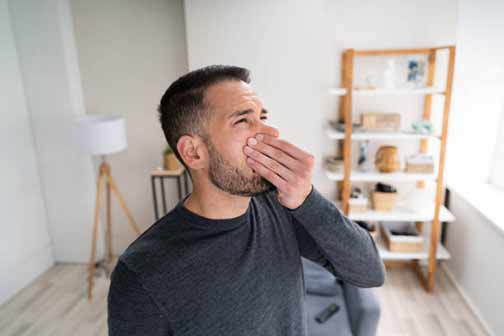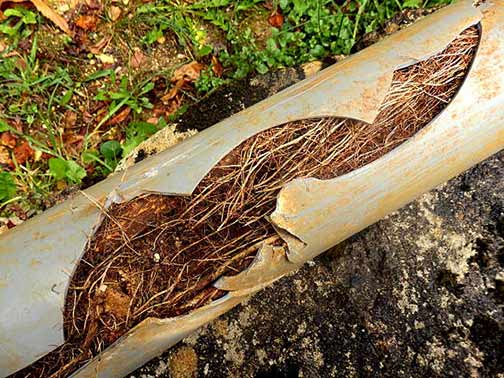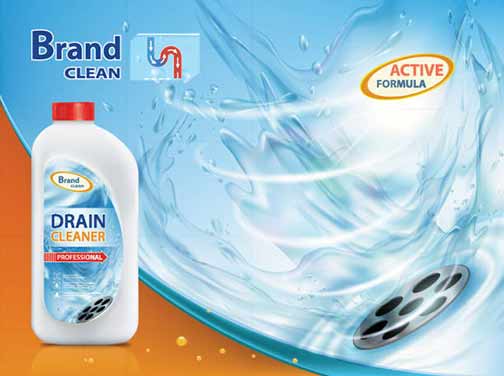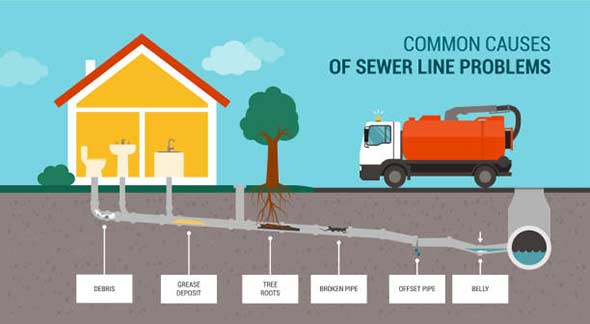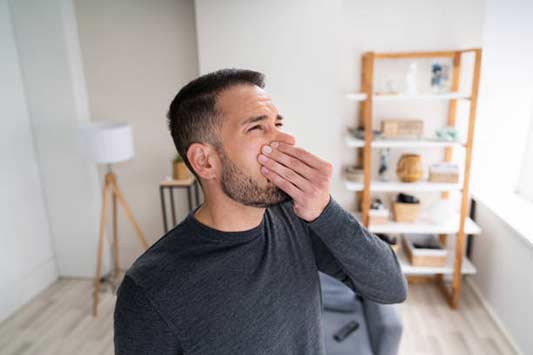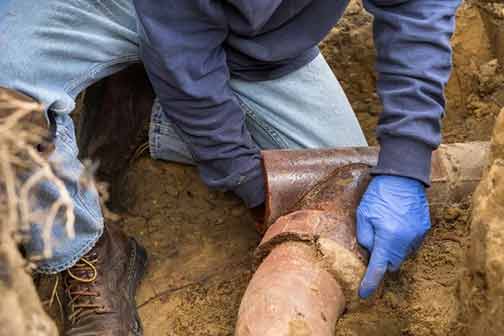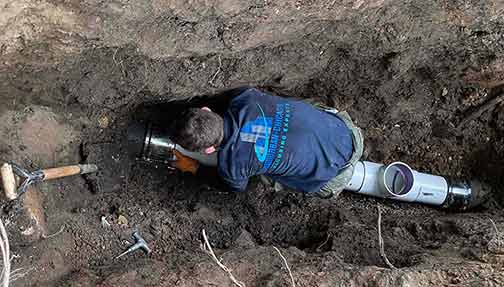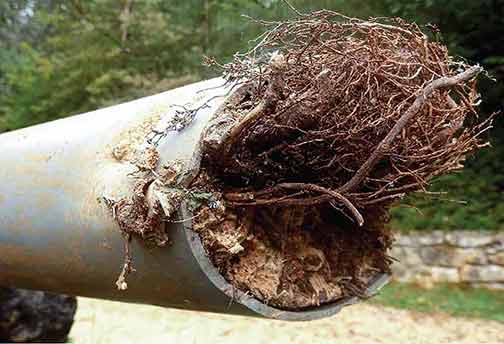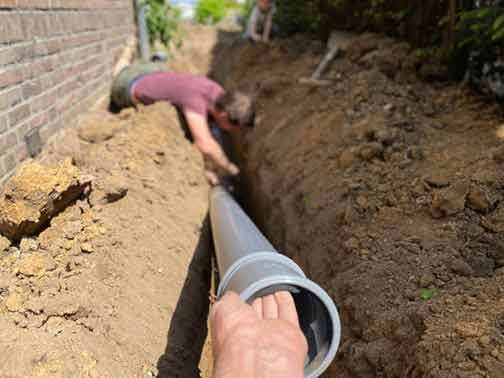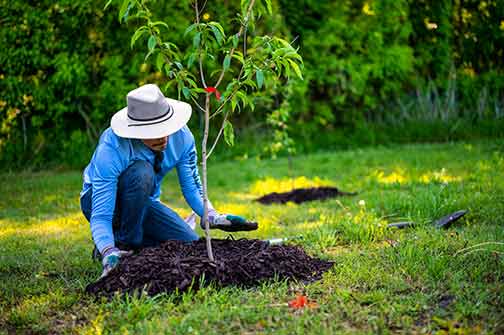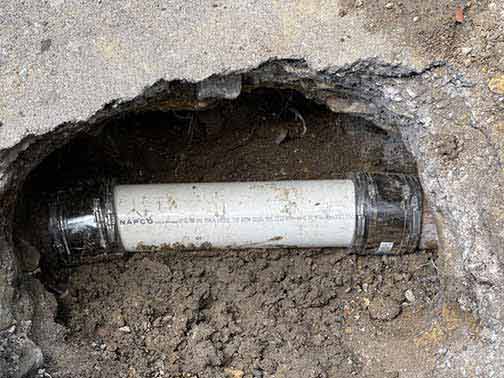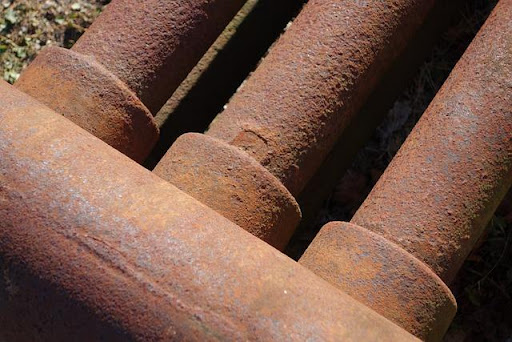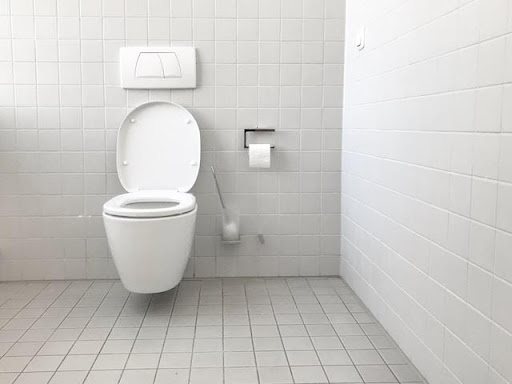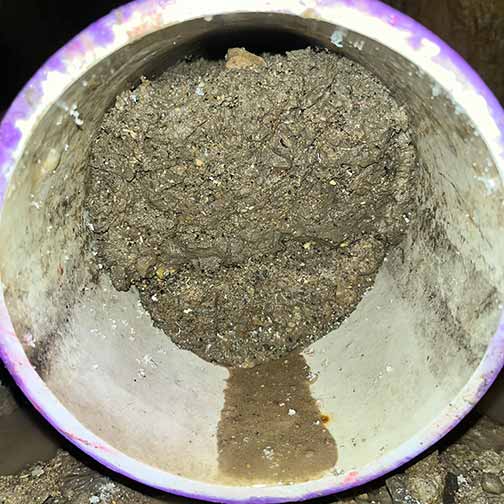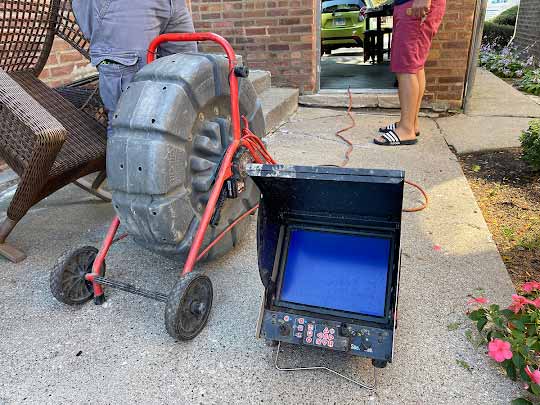Owning a home comes with its fair share of responsibilities, and one crucial aspect to keep an eye on is the condition of your sewer lines. Detecting hidden sewer line problems early on can save you from costly repairs and prevent inconvenient plumbing emergencies. Here we will discuss some common signs to look out for and provide tips on how to identify potential issues with your sewer lines.
Why Sewer Line Problems are Serious
Before we dive into the specifics of identifying hidden sewer line problems, it is important to understand why these issues should not be taken lightly. A faulty sewer line can lead to a range of problems that can affect the overall integrity of your home:
- Backed-up toilets and sinks
- Unpleasant odors
- Sewage backups in the basement or yard
- Structural damage to the property
- Contaminated water supply
By staying vigilant and being proactive in identifying sewer line issues, you can minimize the risk of these problems occurring and keep your home safe and healthy.
Common Signs of Hidden Sewer Line Problems
If you are suspicious that your sewer lines may have a problem, here are some signs to watch out for:
- Slow Drains: A common indicator of a sewer line issue is slow drains throughout your home. If multiple sinks, showers, or toilets are draining slowly or not at all, it could be a sign of a clog or damage in the sewer line.
- Gurgling Noises: Strange gurgling or bubbling sounds coming from your drains can indicate an issue with the sewer line. These noises occur when air gets trapped in the plumbing system due to a blockage or damaged pipe.
- Foul Odors: If you notice persistent foul odors emanating from your drains or yard, it’s likely that there’s a problem with your sewer line. The smell of sewage indicates a potential leak or backup in the system.
- Sewage Backup: One of the most unpleasant signs of a sewer line problem is sewage backup. If sewage starts backing up into your toilets, sinks, or showers, it’s crucial to address the issue immediately to prevent further damage.
- Water Pooling: Do you notice water pooling in your yard, especially around where the sewer line is located? This could be a sign of a broken or bellied sewer pipe. It’s important not to ignore water pooling, as it can lead to serious structural damage over time.
- Lush Patches of Grass: If you have unexpected lush patches of grass in your yard, it could be a result of leaking sewage acting as fertilizer. This can happen when there’s a crack or break in the sewer line, allowing nutrients to seep into the soil.
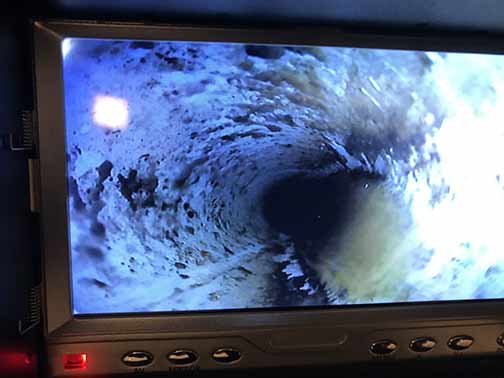
Prevention is key when it comes to sewer line issues. Consider scheduling regular sewer line inspections by professionals to catch any hidden problems before they escalate.
Steps to Identify Hidden Sewer Line Problems
Now that you are aware of the common signs of sewer line problems, let’s explore the steps you can take to identify and confirm these issues:
- Conduct a Visual Inspection: Start by visually inspecting your yard for any signs of distress above the sewer line. Look for sinkholes, indentations, or unusually vibrant patches of grass, as these can indicate a problem with the underground pipes.
- Monitor Water Levels: Keep an eye on the water levels in your toilets and floor drains. If you notice a fluctuation in the water level or it drains slower than usual, it’s a sign that there might be an issue with the sewer line.
- Perform a Dye Test: A dye test involves flushing a dye down a toilet while monitoring other drains and potential exit points. If the dye appears in places it shouldn’t, such as a basement floor drain or outside the home, it suggests a problem with the sewer line.
- Hire a Plumber: If you’re unable to pinpoint the cause of the sewer line problem or want a more accurate assessment, it’s best to call a professional plumber. They will have the necessary equipment and expertise to conduct a thorough inspection of your sewer lines.
- Schedule Regular Inspections: Prevention is key when it comes to sewer line issues. Consider scheduling regular sewer line inspections by professionals to catch any hidden problems before they escalate. This proactive approach can help save you from costly repairs in the long run.
- Maintain Proper Sewer Line Care: Take preventive measures to maintain your sewer lines and minimize the risk of problems. Avoid flushing non-biodegradable items or excessive amounts of grease down the drains. Additionally, consider having your sewer lines professionally cleaned by way of a hydro jetting service.
Keeping a close eye on your sewer lines is crucial for the overall health and functionality of your home. By familiarizing yourself with the common signs of hidden sewer line problems and following the steps outlined in this guide, you can detect issues early on and prevent them from escalating into larger, costlier repairs. Remember, when in doubt, it’s always best to consult a professional plumber who can provide expert advice and assistance.
